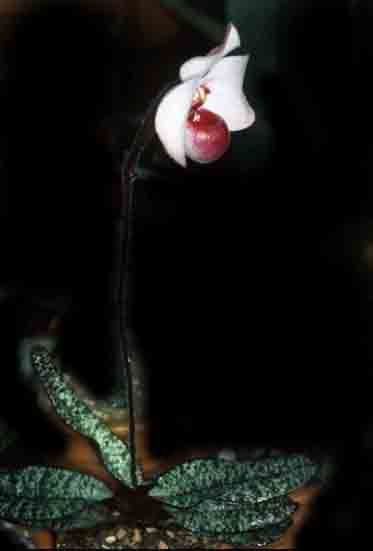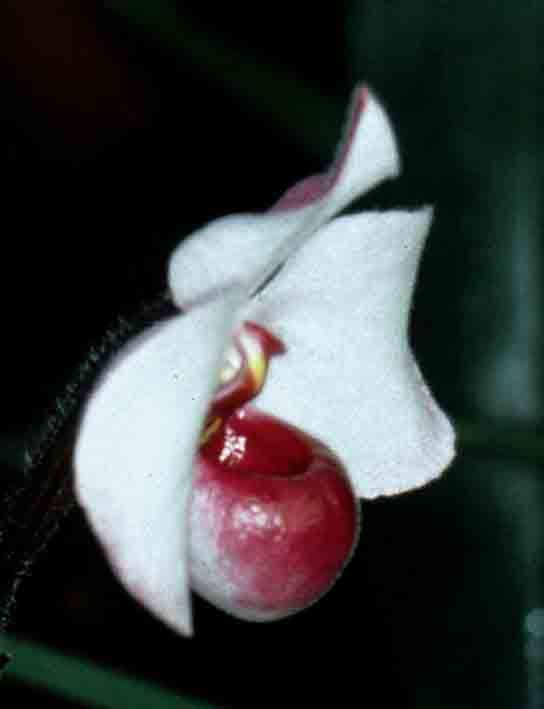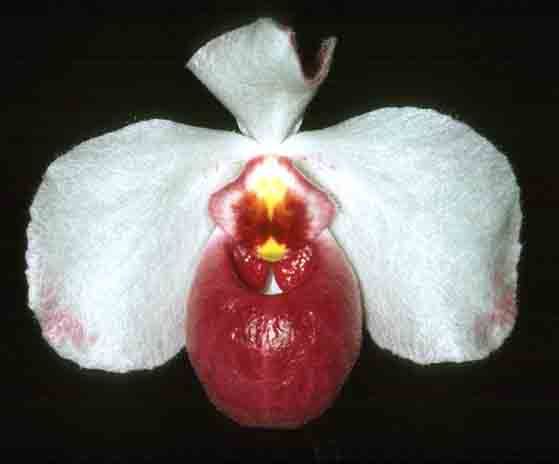I think Olaf said the variety has offically been described in an italian journal as var vinicolor.
The plants have more then just flower color as a defining characteristic. the leaf color is unique as well. I'm not trying to say that it should be elivated to a species, but I for one would not want to buy a f2 'dunkle' that has normal delenati in the background. I don't think it would be right to even call that plant var vinicolor.
Theres a variety of phal violacia from menatwa island that has a few differences (longer spike, different smell) but when crossed with normal variety it loses all its uniqueness.
I don't think flower improvement should trump species conservation. Granted, I don't know anything about this species status in the wild, but in captivity, they are in short supply.
Kyle
The plants have more then just flower color as a defining characteristic. the leaf color is unique as well. I'm not trying to say that it should be elivated to a species, but I for one would not want to buy a f2 'dunkle' that has normal delenati in the background. I don't think it would be right to even call that plant var vinicolor.
Theres a variety of phal violacia from menatwa island that has a few differences (longer spike, different smell) but when crossed with normal variety it loses all its uniqueness.
I don't think flower improvement should trump species conservation. Granted, I don't know anything about this species status in the wild, but in captivity, they are in short supply.
Kyle








